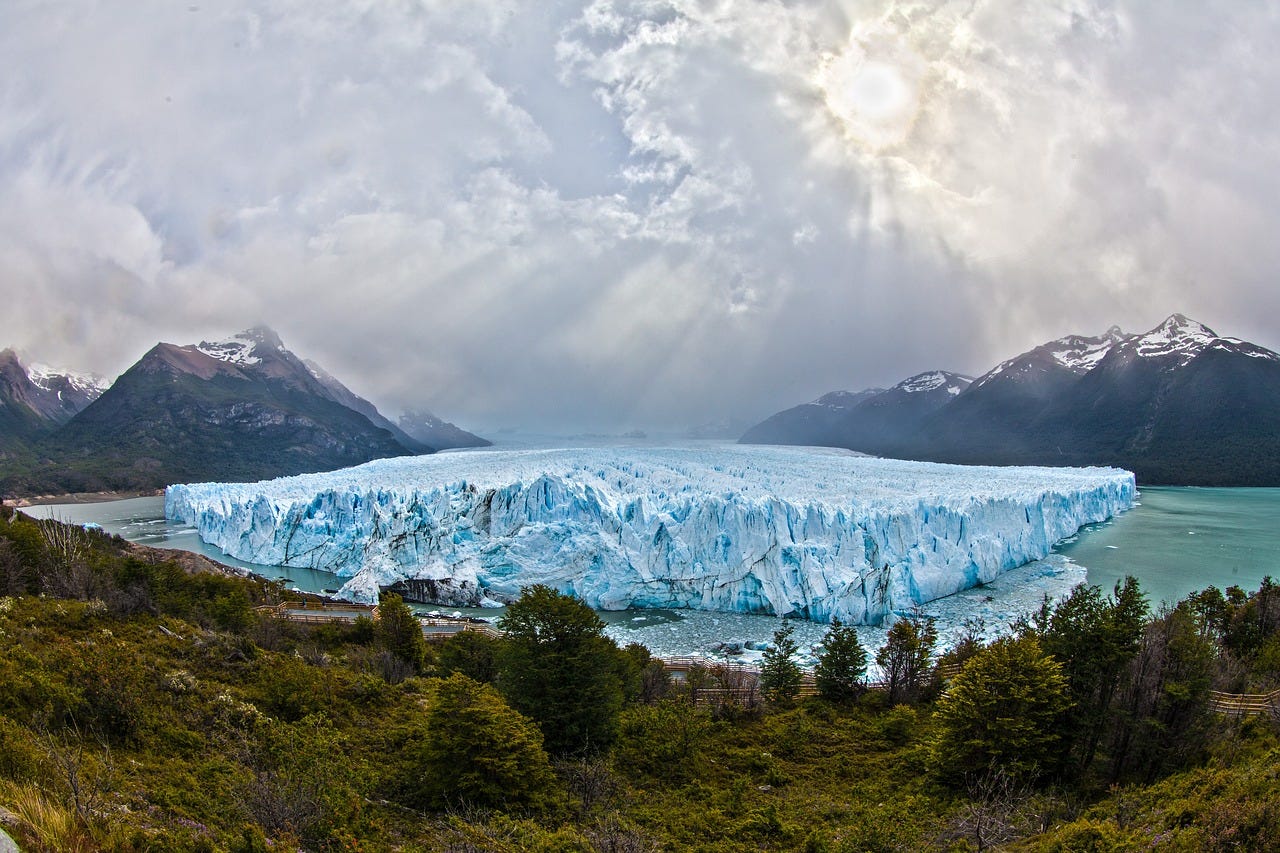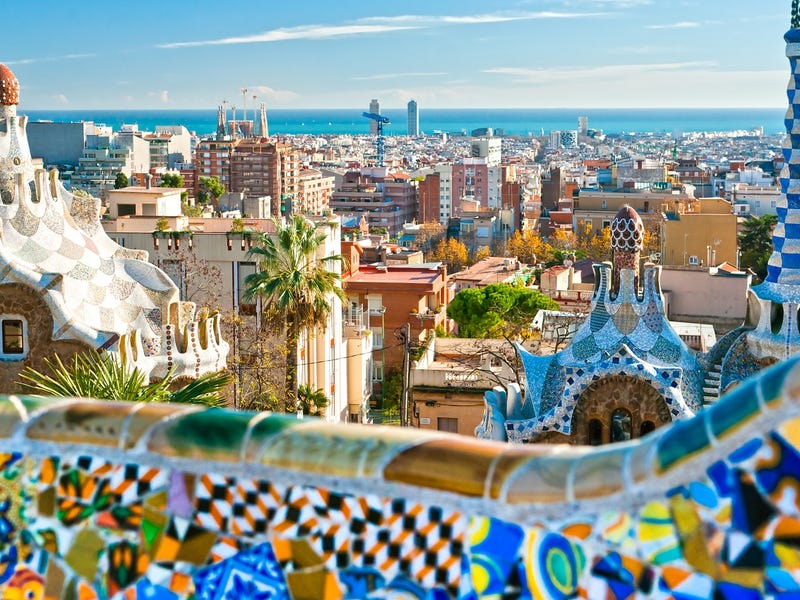Argentina’s regional diversity
Argentina is the 8th largest country in the world, with almost 3 million square kilometers of land. As you can imagine, this makes it an incredibly diverse country, with stunning deserts and frigid glaciers. Here are some of Argentina’s regions and what you can expect from them:

La Pampa
- Population: Approximately 20 million
- Largest city: Buenos Aires
- Traditional food: Asado
- Key economic activity: Agriculture
La Pampa is the cultural and economic heartland of Argentina. This vast, fertile grassland is home to the iconic gauchos (Argentine cowboys) and is the source of the country’s famous beef. The region’s capital is Buenos Aires, making this a cosmopolitan hub. La Pampa played a crucial role in shaping Argentina’s national identity and remains central to the country’s way of life.
Cuyo
- Population: 3.5 million
- Largest city: Mendoza
- Traditional food: Cordero al asador (split-roasted lamb)
- Key economic activity: Viticulture and wine production
Nestled against the Andes Mountains, Cuyo is Argentina’s premier wine region, producing about three-quarters of the country’s annual wine output. The city of Mendoza, with its tree-lined streets and sophisticated culinary scene, serves as the capital of the Argentine wine country. The region’s high-altitude vineyards produce world-renowned Malbecs and other varieties. Beyond wine, Cuyo offers stunning Andean landscapes, including the Aconcagua, the highest peak in both the southern and western hemispheres!
Northwest Argentina (NOA)
- Population: 5 million
- Largest city: Tucumán
- Traditional food: Locro
- Key economic activity: Tourism, mining, and agriculture
The Northwest is where Argentina’s indigenous roots are most evident. This region boasts a unique blend of pre-Columbian and colonial Spanish influences, visible in its cuisine, music, and festivals. The landscape is equally diverse, featuring colorful rock formations, salt flats, and high-altitude deserts. Cities like Salta and Jujuy offer well-preserved colonial architecture, while sites like the Humahuaca Gorge showcase the area’s rich geological and cultural history.
Mesopotamia
- Population: 4 million
- Largest city: Rosario
- Traditional food: Chipa (cheese bread)
- Key economic activity: Agriculture
Not to be confused with the birthplace of agriculture, Argentina’s Mesopotamia is nestled between the Paraná and Uruguay rivers. It’s a region of incredible biodiversity, home to the jaw-dropping Iguazú Falls, the world’s largest waterfall by volume. The area has some strong Guaraní cultural influence and is the center of Yerba maté production in Argentina.
Patagonia
- Population: 2 million
- Largest city: Neuquén
- Traditional food: Cordero patagónico
- Key economic activity: Tourism
Patagonia, covering the southern third of Argentina, is a land of beauty and adventure. Known for its dramatic landscapes of glaciers, fjords, and the rugged Andes mountains, it’s a magnet for outdoor enthusiasts and nature lovers. The region also boasts a unique cultural heritage, including Welsh settlements in Chubut province. From the alpine scenery of Bariloche to the glaciers of El Calafate and the wildlife of Peninsula Valdés, Patagonia offers some of Argentina’s most unforgettable experiences.
Tierra del Fuego
- Population: 173,000
- Largest city: Ushuaia
- Traditional food: Centolla (king crab)
- Key economic activity: Tourism
Tierra del Fuego (Land of Fire) is an archipelago at the southern tip of South America, often referred to as “the end of the world.” This remote region is characterized by its sub-Antarctic forests, rugged mountains, and glaciers. Ushuaia, the world’s southernmost city, is the gateway for Antarctic expeditions. The unique ecosystem supports diverse wildlife, including penguins, sea lions, and guanacos (a type of llama). Tierra del Fuego’s otherworldly landscapes and pristine wilderness make it a bucket-list destination for adventurers and nature enthusiasts.
El Gran Chaco
- Population: 2.5 million
- Largest city: Resistencia
- Traditional food: Chipá guazú
- Key economic activity: Agriculture
El Gran Chaco is a vast plain covering northern Argentina, known for its hot climate and diverse ecosystems ranging from dry forests to wetlands. This region is home to several indigenous groups and unique wildlife. Less visited by tourists, it offers an off-the-beaten-path experience. The Parque Nacional El Impenetrable (The Impenetrable National Park), a recent addition to Argentina’s national park system, is a haven for wildlife enthusiasts.
Bonus: Argentine Antarctica
- Population: Temporary population of 150–400 staff
- Largest city: Marambio Base (capacity for 150 people)
- Traditional food: Imported supplies only
- Key economic activity: Scientific research
Bet you didn’t expect to find Antarctica in a list of Argentine regions, but it’s true! This refers to the sector of Antarctica claimed by Argentina as part of its national territory. While this claim isn’t universally recognized due to the Antarctic Treaty System, Argentina maintains a strong presence in the region through its scientific base and research initiatives. This harsh, icy landscape is a world apart from the rest of Argentina, characterized by extreme cold, long periods of darkness in winter, and a unique ecosystem adapted to these severe conditions. Research conducted here typically focuses on climate change, marine ecosystems, and the geological history of the continent.











